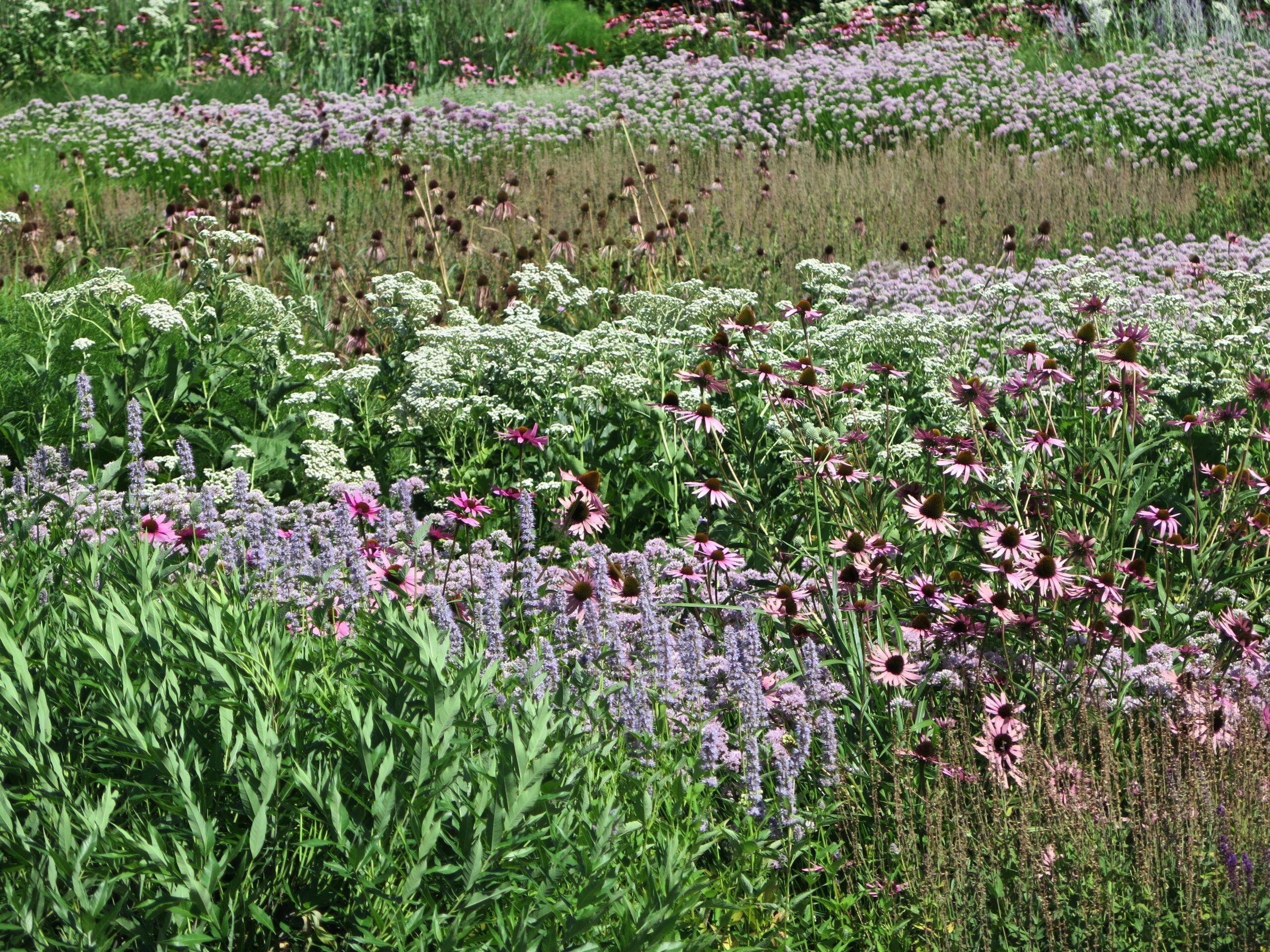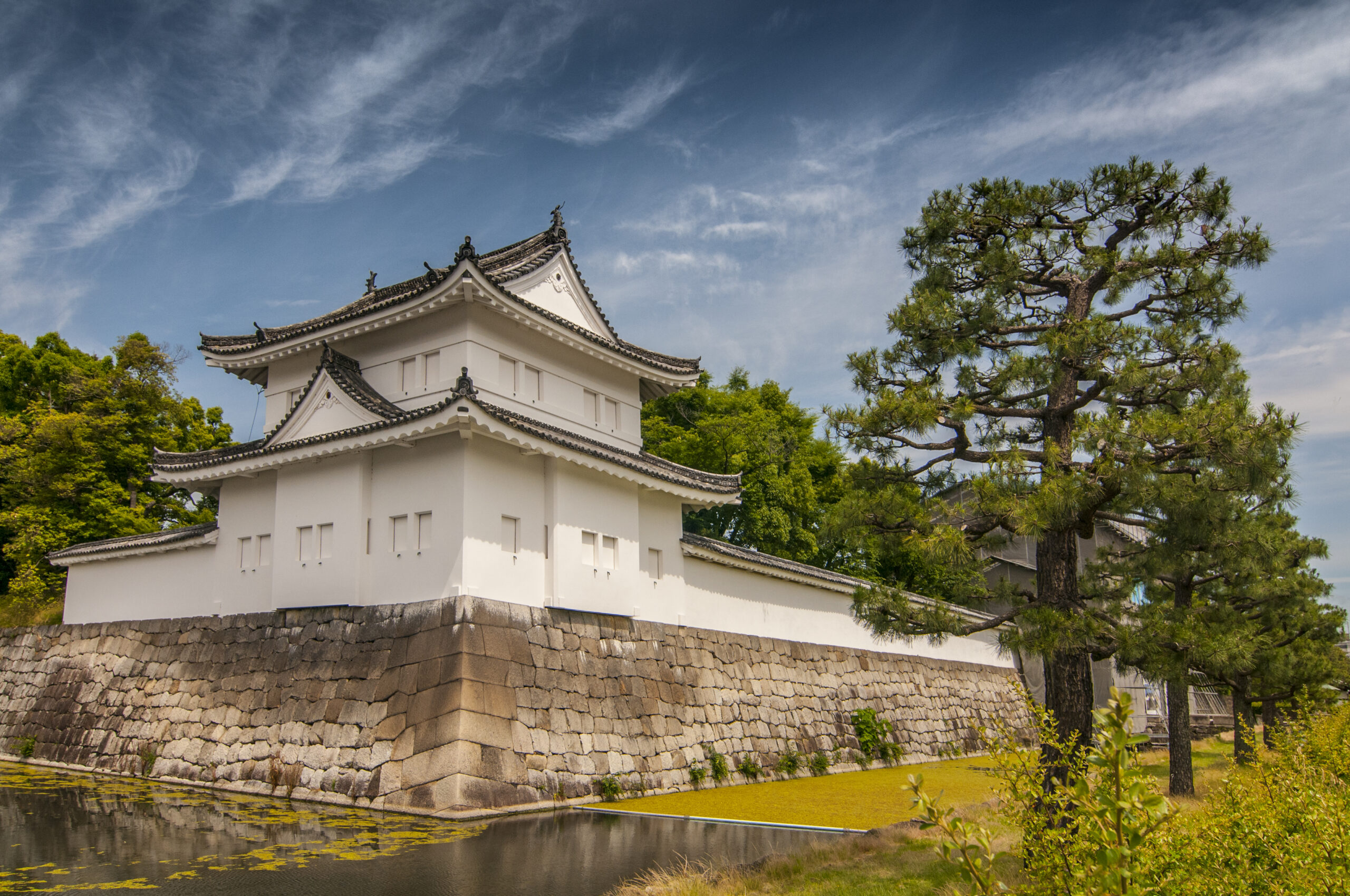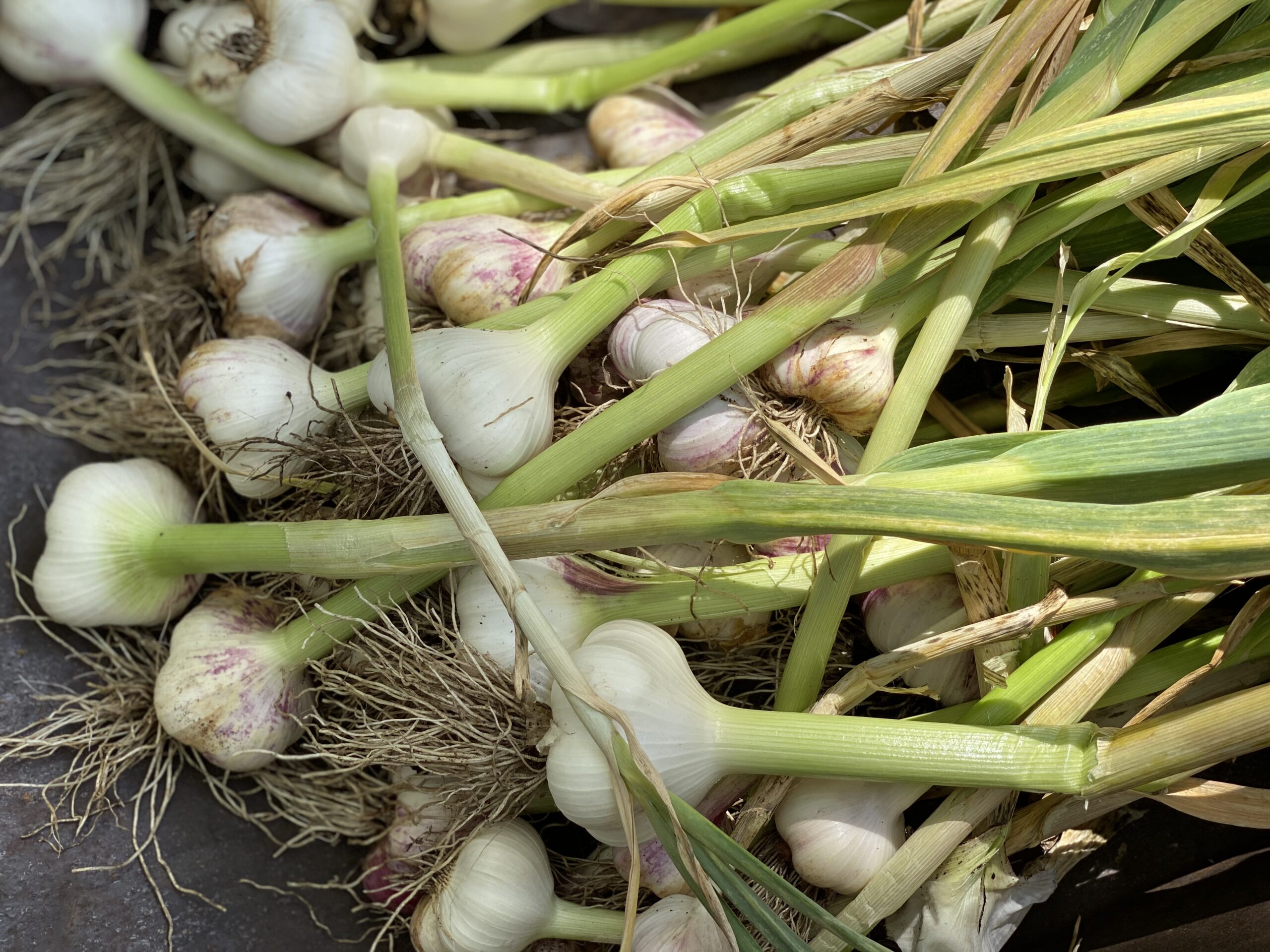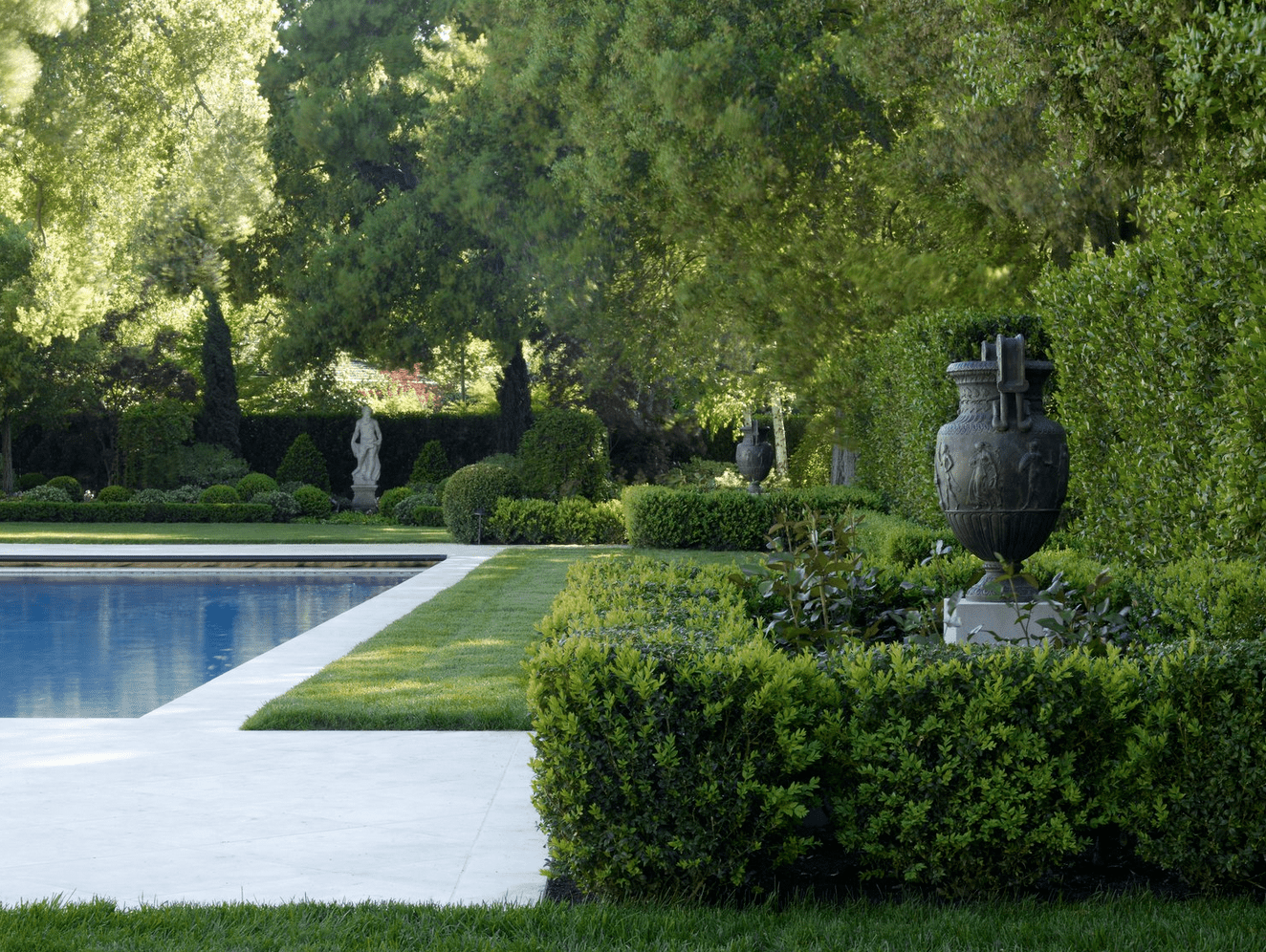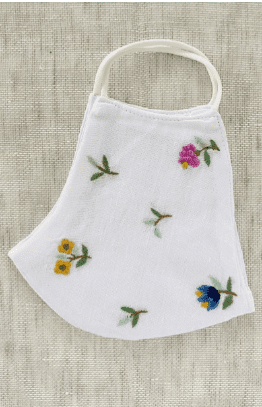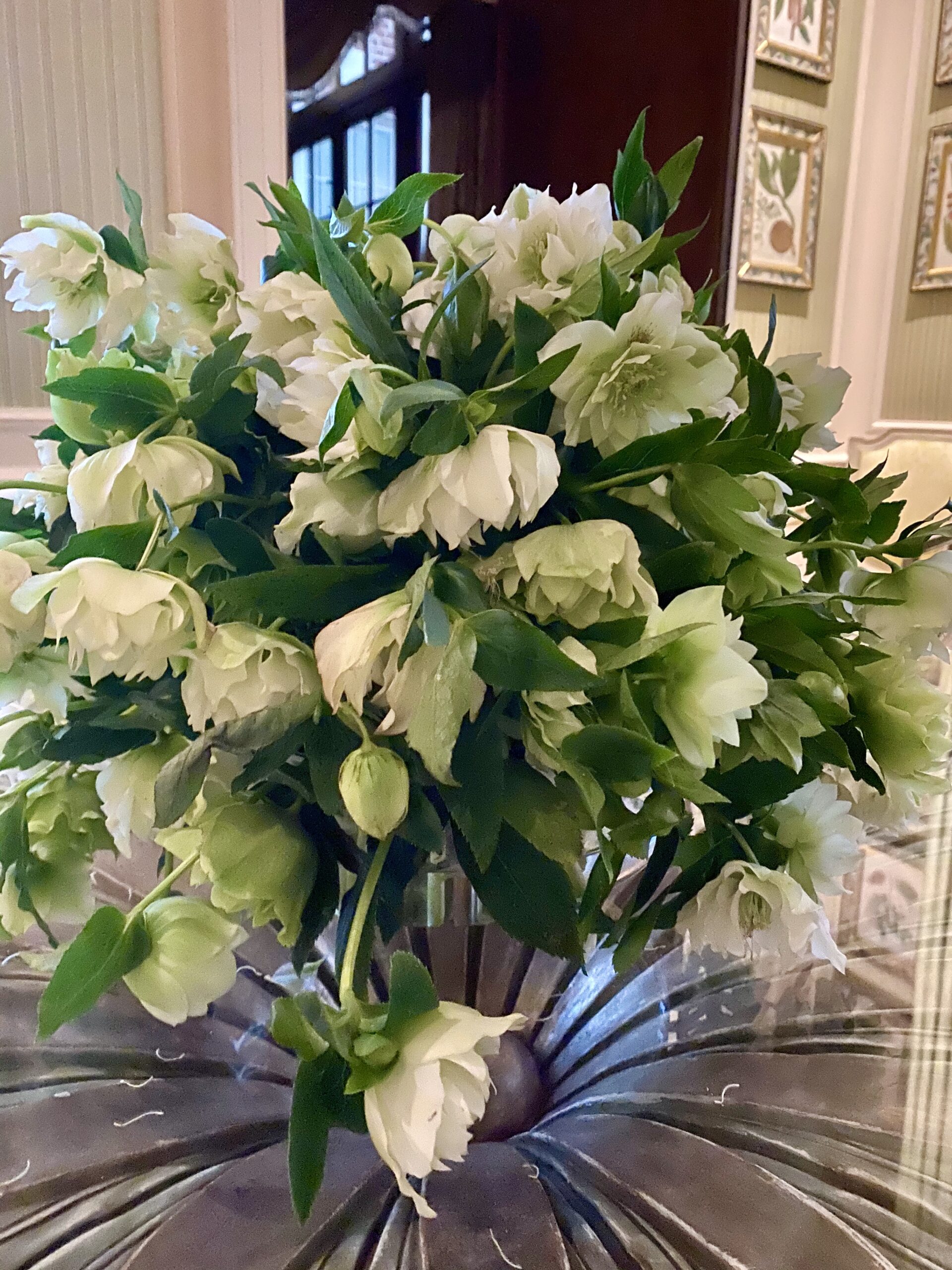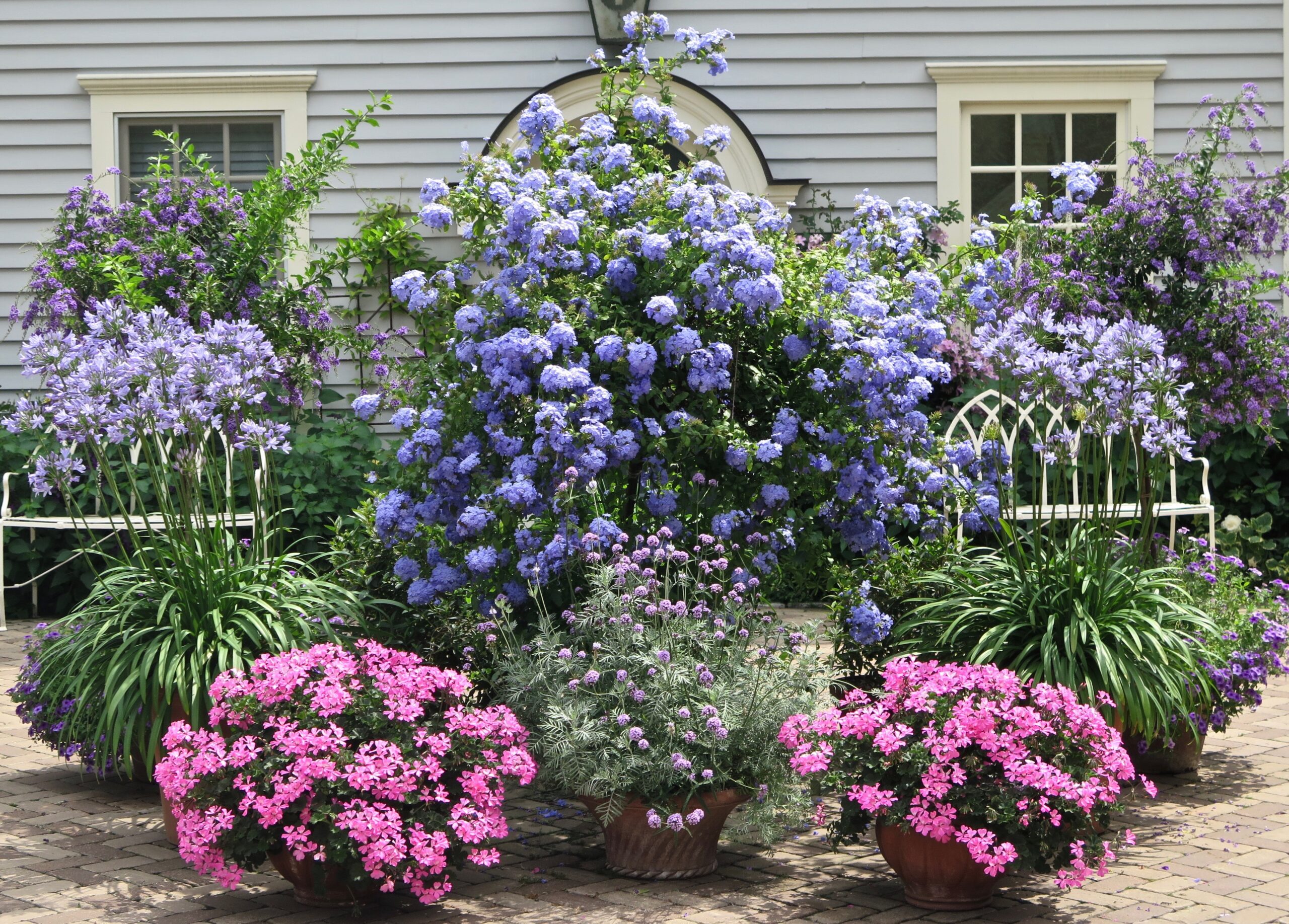Upon reflection of our garden tour to Chicago for the Garden Conservancy trip, I walked away with the importance of prairie gardens. Although not as visually impressive as the perfect perennial borders layered with clipped hedges and an allee of trees, they were beautiful in their expanse and movement. We visited one private and three public prairie gardens on our trip.
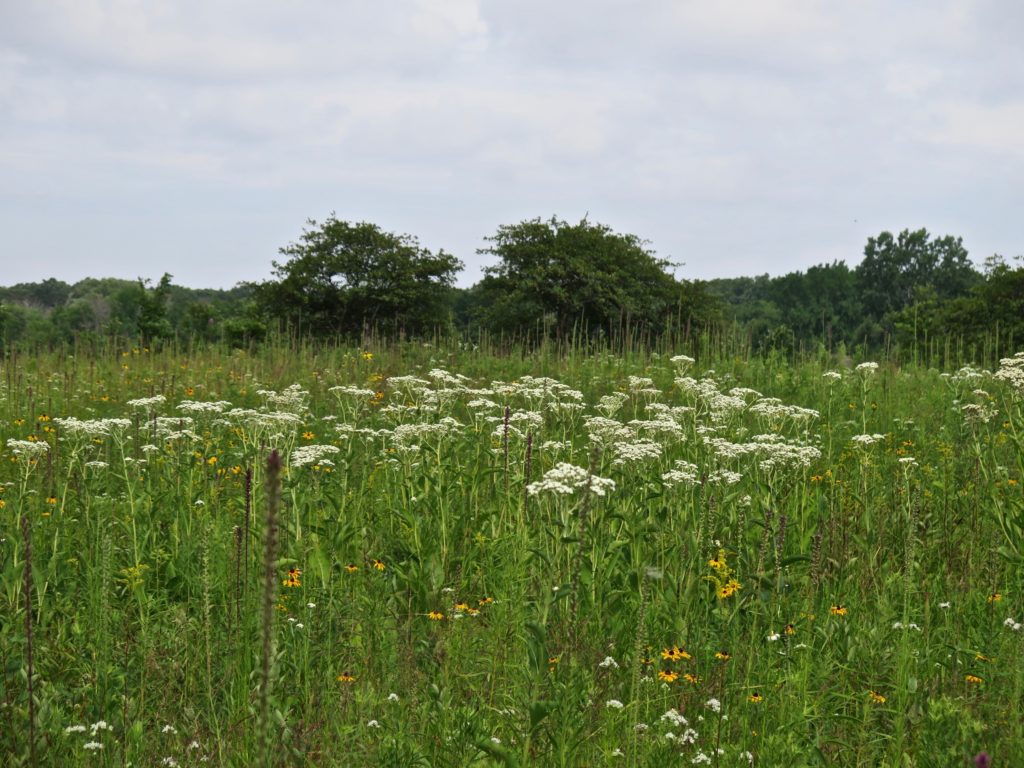

The guides in these gardens all mentioned the same thing, that “prairie” gardens reduce the impact we have on the environment.
I have been working on a steep hillside on my property for a couple of years, and unbeknownst to me, a prairie garden is what I have created. Three years ago I started scattering a wild flower mix in February, which is our cool and rainy month. As the weather warmed up, the seeds sprouted and wild flowers and grasses started to grow. Some of the wild flowers that I have on my hillside are Bulbous Buttercups (Ranunculus Bulbosus), California Poppy (Eschscholzia Californica), Indian Blanket or Firewheel, (Gaillarida Pulchella) and Oxeye Daisy (Chrysanthemum Leucanthemum). Each year I seem to have more color in the space as wild flowers have started to tip the balance of the grasses. Come mid-summer, after the flowers have seeded, I “weed-whip” the hill, spreading the seeds for the next season.
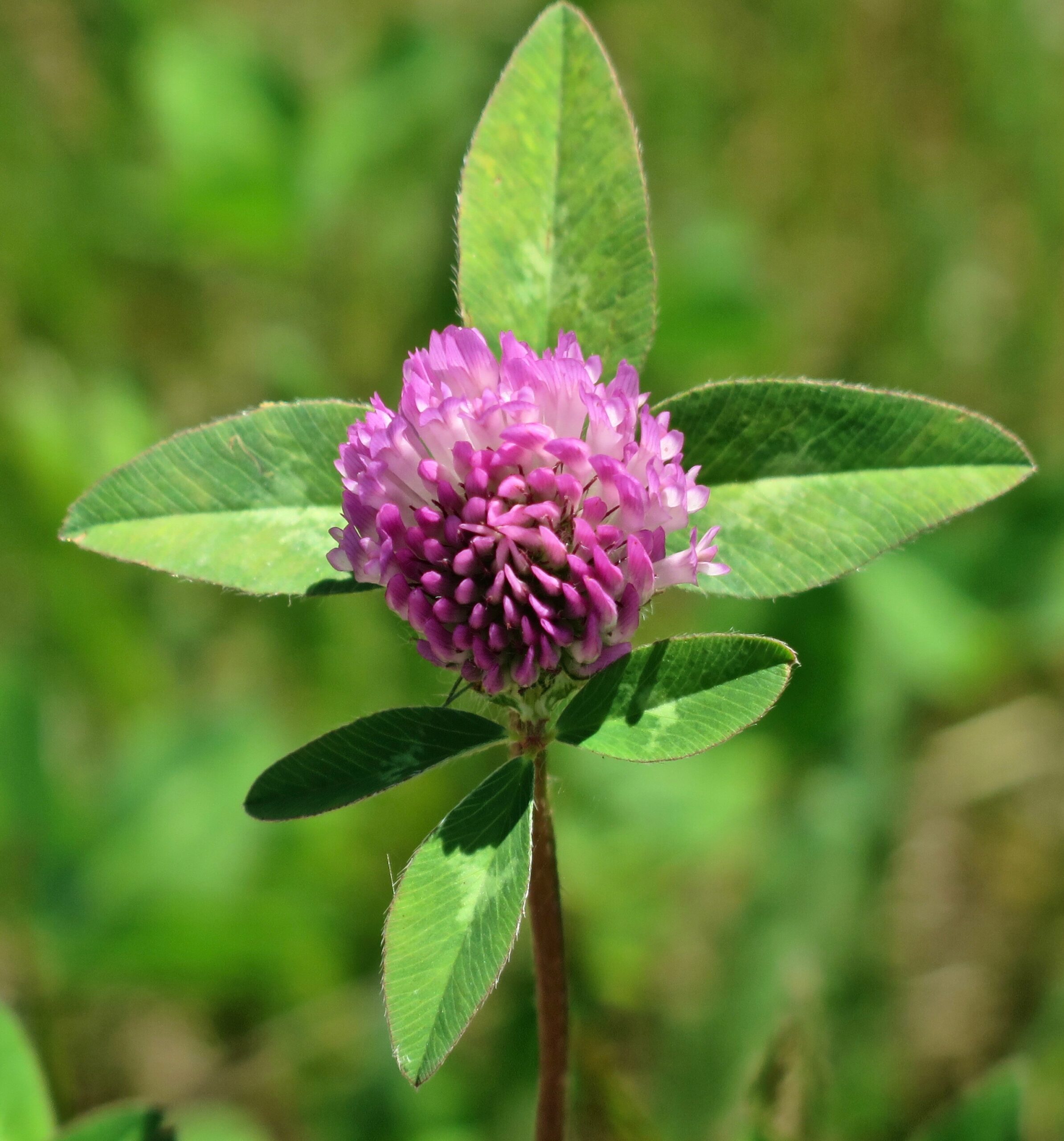

According to the University of Minnesota, prairie gardens are ecosystems which have soils that are deep and rich in organic matter and thrive in areas that receive limited rainfall and ideally have hot summers and cold winters. Prairie gardens are better for the environment than conventional gardens, as they reduce the use of fertilizers, water, pesticides and mowing.
Lawn mowers contribute to air pollution as they require fossil fuels to run.
Watering lawns uses the valuable resource and pull from aquifers, rivers, lakes and wetlands.
Fertilizers and chemicals that are added to lawns contribute to water quality issues in the ground water supply.
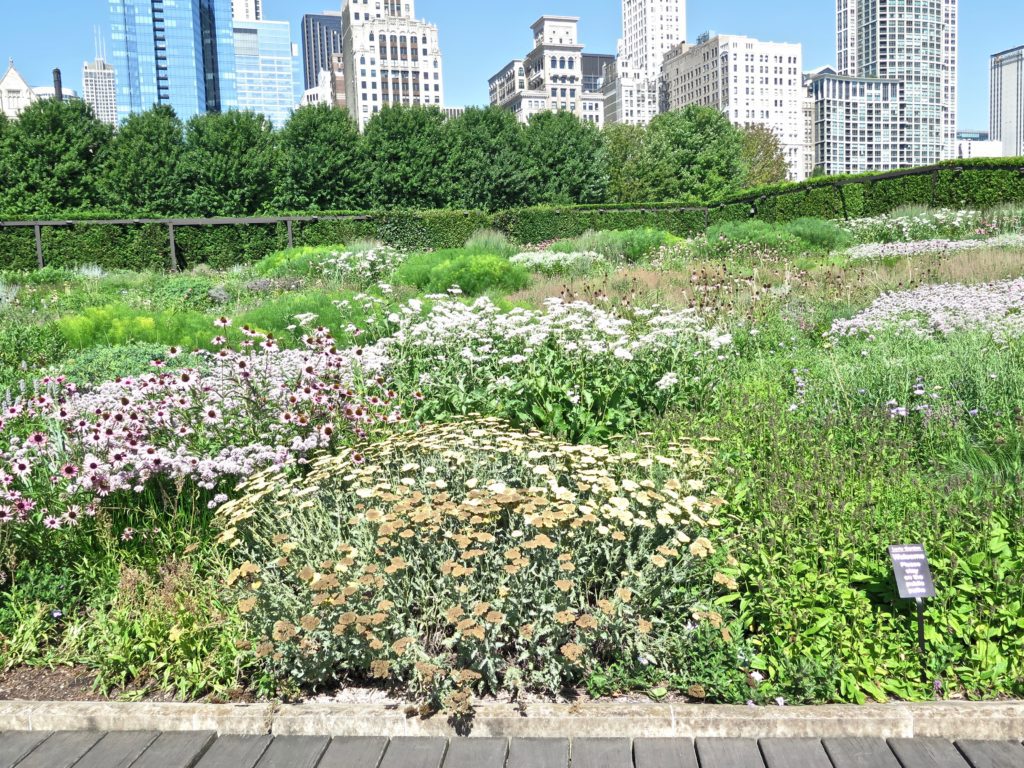

Prairie gardens can be very beautiful. Prairie wildflowers in the mid-west include coneflowers, prairie phlox, false indigo and even wild orchids. Like regular gardens, prairie gardens also attract many types of birds, butterflies and wildlife. I promise to take a photo of my hillside prairie garden next spring.

